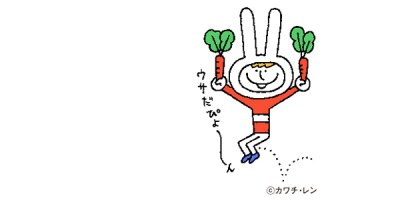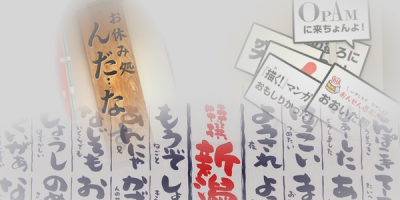
When her husband was arrested under suspicion of possessing amphetamines, Noriko Sakai(1) ran away. She left her child with a mysterious person. Finally she herself was arrested for possession of amphetamines; Noriko Sakai, known as a seijunha(2) celebrity shocked the world. This incident was widely reported not only in Japan, but also in China where Sakai enjoys high popularity.
If I recall correctly, I watched a video of a drama starring her called Hoshi no Kinka with students who were studying Japanese at Renmin University of China when I was there some ten years ago. I wonder what those students think now, after hearing this news. Zhang Xiaoping dongxue, who taught me many Chinese proverbs, would probably sigh and say: “Just as you can’t measure the ocean’s water with a cup, you cannot measure a person by their appearance.”
There is a turn of phrase that goes: Watashi no shitteru ○○-san wa… (The Mr(s). so-and-so who I know…). Naturally, this is not a “usual” turn of phrase. We use this turn of phrase only after ○○-san has caused some sort of incident.
For example: “The big brother I saw is probably unlike the big brother you’ve seen. The big brother that I know is, again, not the big brother you know.” This passage is from a letter sent by H, a friend of this big brother (Ichiro) to the younger brother (Jiro), after an incident in which Ichiro undergoes a nervous breakdown (NATSUME Soseki “Koujin” 1912–1913).
We might say: “You’re a serious person.” But we wouldn’t normally say: “You’re a serious person when I’m around.” If you were to say this, it would be rude as it would clearly indicate that you were thinking: “You have a serious persona, but I can’t say whether or not you’re serious when I’m not observing you. I don’t know.”
Similarly, we might say: “That person is lively.” But we would never say: “That person is lively when we’re around.” This would strongly insinuate that “that person just acts lively to get in our good graces,” and it would be perfectly insulting to actually say it.
Expressions like “there are a lot of facets to you,” and “there’s a lot about that person we don’t know,” while incredibly commonsensical when you think about them, have the potential to freeze a conversation if you say them aloud.
In other words, in ordinary, non-joking conversation, we must take the utmost of care when saying it is possible that a person (especially our conversational partner) is hiding their true persona and putting up a character. We take it for granted of our partners that “When you’re talking to me, you are not putting on an act. Your characteristics, which I perceive in our conversation, indicate your persona.” Of course, our conversation partners also take it as read that “When talking to you, I am indicating my persona, and am not putting on any kind of act.” In other words, it is taken as read that “there is no such thing as character.”
But, this is merely a custom that is “taken for granted.” However, if a person causes an “incident,” their acquaintances and neighbors will unanimously say, “The ○○-san who I know wouldn’t do such a thing!” In this case, they place the condition “…who I know” on “○○-san” because they have detected that the person in question was putting on an act, and the existence of character has become obvious.
Character is not something that can be openly changed (like style), nor is it something that is fundamentally difficult to change (like persona). Despite the fact that character does change fairly often in response to the situation, it is something that must not be changed, as I have emphasized up until now (particularly in part 4).
In saying that character “must not be changed,” I mean that “it is considered to be identical with persona,” or ultimately that “it is taken as read that there is no such thing as character.” That is the new point that I have introduced in this column.
Huh? You say that it is ultimately the same point I have been making all along?
Uh… Well, what about the fact that I have come to similar conclusions through examining the phrase “The ○○-san who I know…” this time?
By the way, this marks the one year anniversary of this column! Let’s loosen our collars a bit, shall we?
* * *








(1) 1971– Japanese singer and actress. The drug scandal described here occurred in August 2009.
(2) Literally “pure” or “chaste.” Seijunha could be called a genre of (especially female) Japanese pop singers characterized by their “good girl” public personas.